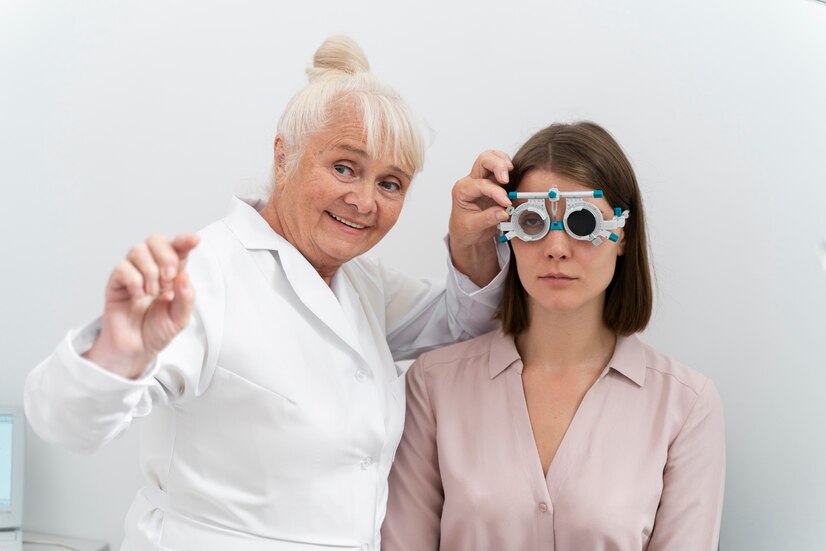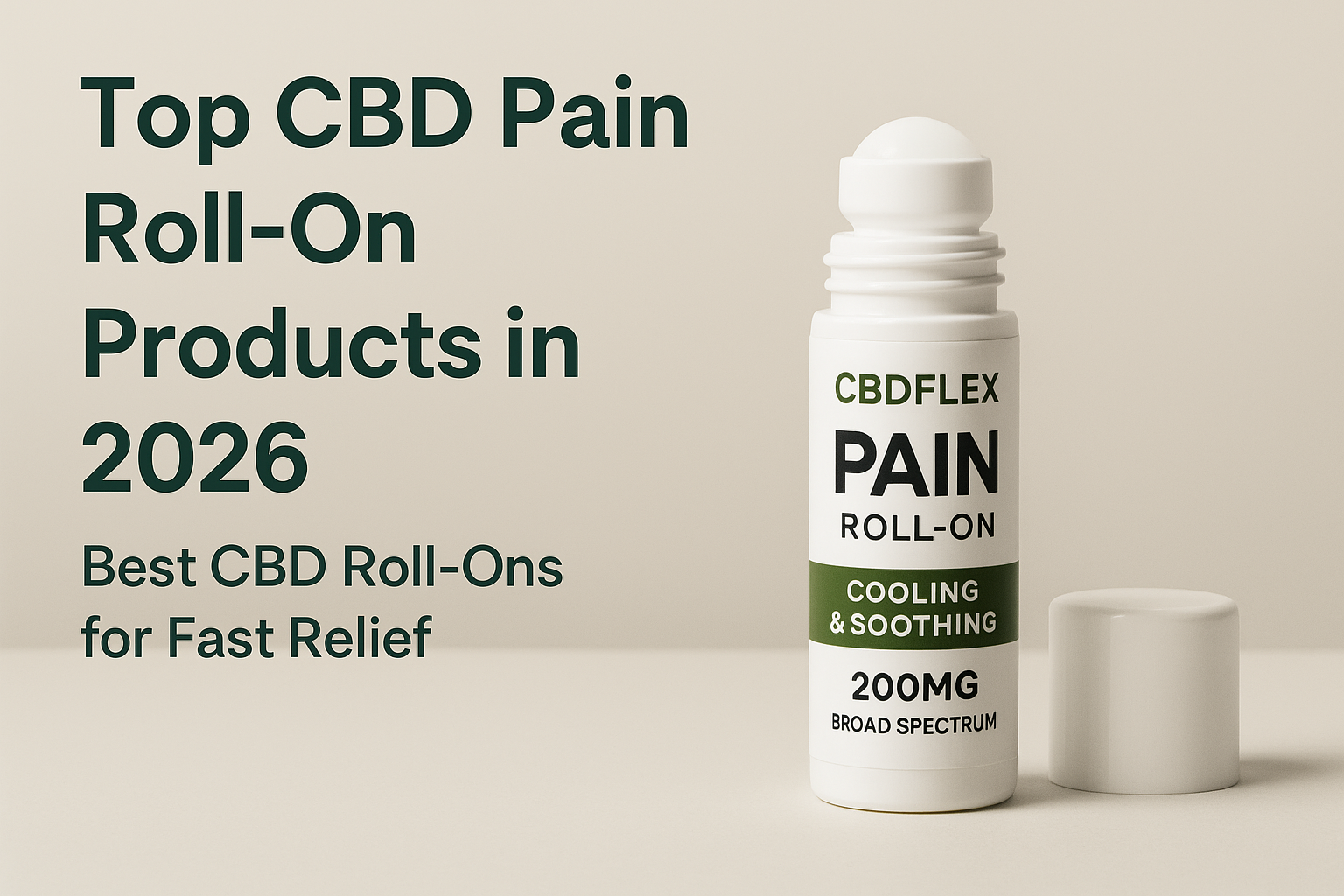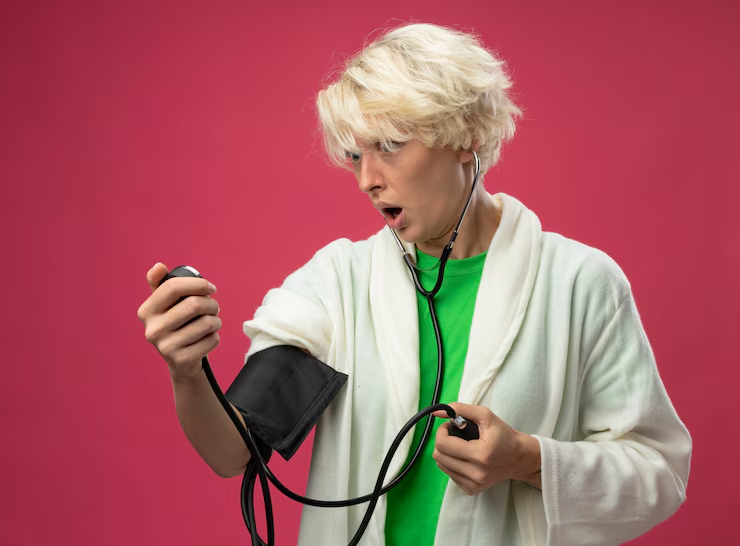Table of contents
Glaucoma is a condition that affects millions of people around the world, and for those who live with it, the risk of vision loss is a constant concern. After being diagnosed with early-stage glaucoma, I was eager to explore all my treatment options — both conventional and alternative. One of the most talked-about natural approaches I came across was CBD for Glaucoma Management.
In this post, I want to share my personal experience using cannabidiol (CBD) to manage glaucoma symptoms, discuss what science currently says about it, and provide some helpful insights for others considering this path.
What Is Glaucoma?
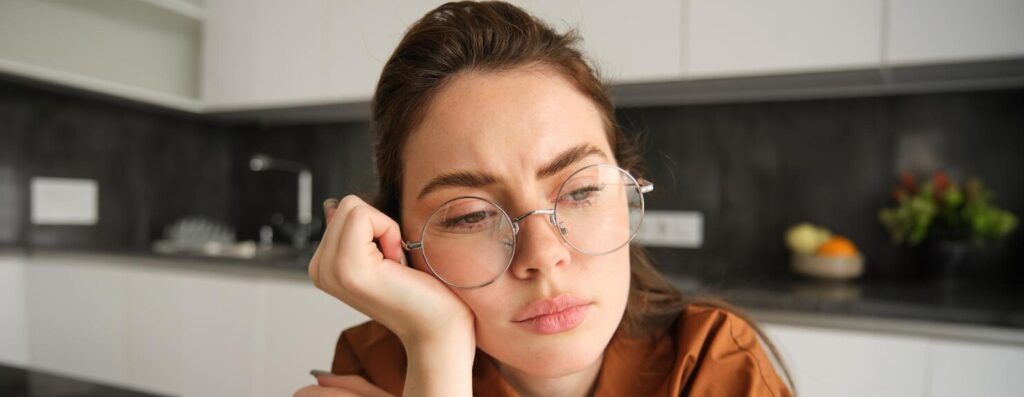
Glaucoma refers to a group of eye diseases that damage the optic nerve — a vital part of your vision system. This damage is often, but not always, caused by elevated intraocular pressure (IOP). If left untreated, glaucoma can lead to irreversible vision loss and even blindness.
There are different types of glaucoma, but the most common form is primary open-angle glaucoma. Early on, it doesn’t usually cause pain or symptoms, which makes regular eye exams critical.
Why I Considered CBD for Glaucoma Management
After my diagnosis, my ophthalmologist recommended daily eye drops to help lower intraocular pressure. While these medications are proven to be effective, I was also interested in finding a more natural way to support my overall eye health — particularly something that could potentially complement traditional treatment.
That’s when I started researching CBD. I had already heard of its benefits for inflammation, anxiety, and pain relief. But could it really help with glaucoma?
How CBD Works in the Eye
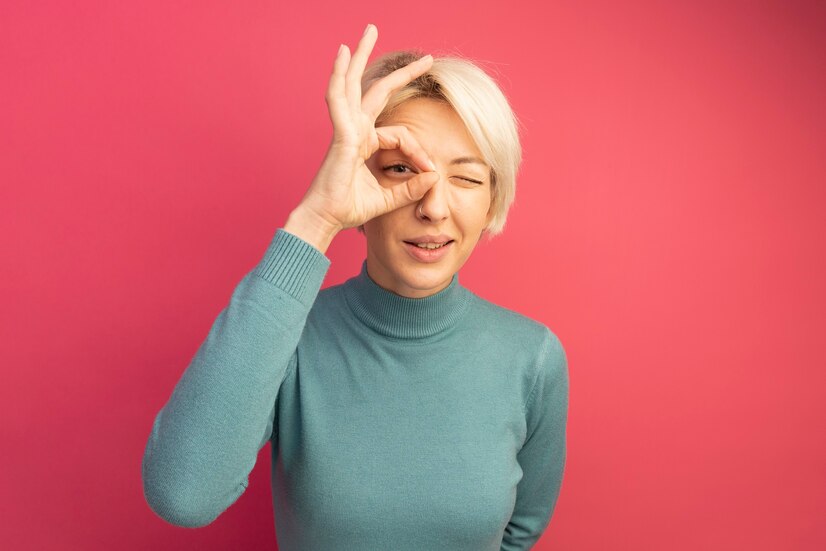
CBD interacts with the body’s endocannabinoid system (ECS), which plays a role in many physiological processes, including intraocular pressure regulation and neuroprotection. Some early studies showed that cannabinoids, particularly THC, could reduce eye pressure. However, the research on CBD for Glaucoma Management has been mixed — with some studies suggesting it may not lower pressure and others showing potential benefits in neuroprotection and inflammation reduction.
What intrigued me most was CBD’s potential to:
- Support optic nerve health
- Reduce inflammation in the eye
- Alleviate stress, which may indirectly benefit eye pressure
So, with guidance from my doctor, I decided to try CBD as part of a broader glaucoma management plan — not as a replacement for prescribed medications.
My CBD Routine for Glaucoma Support
I began by using a full-spectrum CBD oil taken sublingually twice a day — in the morning and evening. I started with 15mg per dose and eventually increased to 25mg after a few weeks. Here’s what I noticed:
- Reduced eye strain: I felt less eye discomfort, especially at the end of long days.
- Improved sleep: CBD helped me fall asleep easier, which in turn reduced my stress.
- Better overall well-being: I felt calmer and more in control of my health.
I also made sure to continue using my prescribed eye drops as directed. My ophthalmologist monitored my eye pressure, which remained stable throughout my CBD use.
What Science Says About CBD and Glaucoma
The research on CBD’s role in glaucoma is still evolving. Here’s a quick overview of the current findings:
- CBD Alone May Not Lower IOP: Some studies suggest that while THC lowers eye pressure, CBD might not — and in some cases may slightly raise it temporarily.
- Neuroprotective Effects: Other studies indicate that CBD could help protect retinal cells and the optic nerve from damage, which is promising for long-term management.
- Anti-inflammatory Properties: Chronic inflammation can impact eye health, and CBD’s ability to reduce inflammation might benefit glaucoma patients.
Because of this mixed evidence, many experts recommend using CBD alongside traditional treatments, not as a replacement.
5 FAQs About CBD for Glaucoma Management
No. Always follow your ophthalmologist’s advice. CBD may support overall eye health, but it’s not a substitute for prescription drops that lower eye pressure.
Sublingual CBD oil or capsules are common choices. Avoid CBD eye drops unless directed by a medical professional, as they may irritate the eyes.
Generally, yes — especially when used under medical supervision. However, some individuals may experience mild side effects like dry mouth or drowsiness.
This varies. I took it twice a day, but dosage depends on individual needs, body weight, and product strength. Start low and go slow.
Absolutely. Open communication is key so they can monitor your progress and ensure there are no interactions or contraindications.
Final Thoughts
While CBD may not be a cure for glaucoma, my experience using CBD for Glaucoma Management has been positive. It helped me manage stress, reduce discomfort, and feel proactive in my wellness journey. For anyone considering CBD for glaucoma, it’s important to use it responsibly — as a complement, not a replacement — and always consult with a healthcare professional.
CBD has been a supportive ally in my glaucoma care, and I’m hopeful that future research will uncover even more ways it can help people maintain their vision and quality of life.

